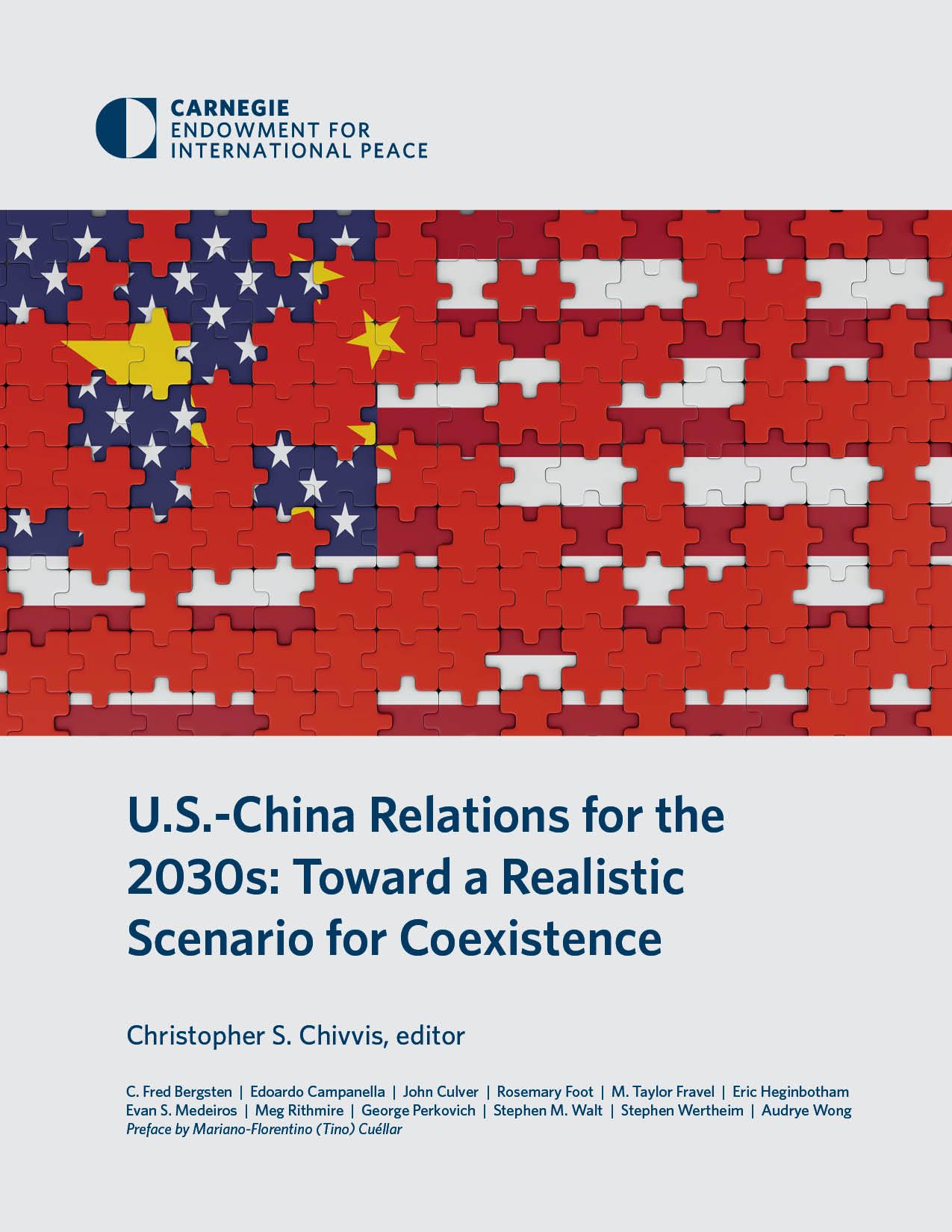Report on Localized Resistance Movements and their Alignment with Sustainable Development Goals
1.0 Executive Summary
This report examines the parallel struggles of two geographically separate communities: the Druze of the Sweida Governorate in Syria and the Serbs of Republika Srpska in Bosnia and Herzegovina. It analyzes their respective resistance against authoritarian centralization and ideological extremism. The findings are contextualized within the framework of the United Nations Sustainable Development Goals (SDGs), highlighting the movements’ contributions to global objectives for peace, justice, and inclusive societies.
2.0 Comparative Case Analysis: Sweida and Republika Srpska
The resistance movements in both regions, while distinct in their specific contexts, exhibit significant parallels. These shared characteristics provide a basis for a broader analysis of global tensions between local autonomy and centralizing, extremist forces.
- Assertion of Local Identity: Both communities are engaged in a profound struggle to preserve their unique cultural, religious, and political identities against external pressures.
- Resistance to Authoritarianism: A core driver of the conflicts is the opposition to authoritarian centralization, which seeks to erode local autonomy and impose a monolithic governance structure.
- Confrontation with Extremism: The communities are actively resisting the encroachment of radical Islamist ideologies that threaten their pluralistic and traditional social fabrics.
3.0 Alignment with Sustainable Development Goals (SDGs)
The objectives and actions of these resistance movements align directly with several key SDGs, demonstrating the grassroots implementation of global development principles.
-
SDG 16: Peace, Justice and Strong Institutions
- Promoting Peaceful and Inclusive Societies (Target 16.1): By actively countering ideological extremism, these communities contribute to reducing violence and fostering stability.
- Building Effective, Accountable Institutions (Target 16.6): The demand for local autonomy is a call for decentralized, responsive, and accountable governance structures that reflect the will of the populace.
- Ensuring Inclusive Decision-Making (Target 16.7): Their struggle embodies the principle of ensuring that decision-making is participatory and representative, particularly for minority and distinct regional groups.
-
SDG 10: Reduced Inequalities
- Empowering Political Inclusion (Target 10.2): The movements are a direct challenge to political marginalization, advocating for the inclusion and self-determination of ethnic and religious groups within their national frameworks.
- Upholding Principles of Non-Discrimination: Their defense of pluralism serves as a bulwark against discriminatory policies and the inequalities they produce.
-
SDG 11: Sustainable Cities and Communities
- Safeguarding Cultural Heritage (Target 11.4): The fight to preserve local identity is intrinsically linked to protecting the unique cultural and natural heritage that defines these communities and ensures their long-term resilience.
4.0 Conclusion and Global Implications
The resistance movements in Sweida and Republika Srpska are not isolated phenomena but are emblematic of a wider global dynamic. They offer critical insights into the defense of pluralism and autonomy in an increasingly fractured world. Supporting these local efforts is congruent with advancing the 2030 Agenda for Sustainable Development, as they represent a tangible struggle for the peace, justice, and strong institutions envisioned in SDG 16. Their success or failure holds significant implications for the future of multicultural societies and the global commitment to leaving no one behind.
1. Which SDGs are addressed or connected to the issues highlighted in the article?
-
SDG 16: Peace, Justice and Strong Institutions
The article directly addresses the core tenets of SDG 16 by focusing on communities struggling against “ideological extremism and authoritarian centralization.” It highlights the importance of “defending pluralism and autonomy” and resisting forces that create a “fractured world.” These themes are central to SDG 16’s aim of promoting peaceful, just, and inclusive societies with accountable institutions.
2. What specific targets under those SDGs can be identified based on the article’s content?
-
Target 16.1: Significantly reduce all forms of violence and related death rates everywhere.
- The article’s mention of a “struggle” against “ideological extremism” and “radical Islamism” implies a context of conflict and violence that this target aims to reduce. The “resistance” of the communities is a direct response to these threats.
-
Target 16.6: Develop effective, accountable and transparent institutions at all levels.
- The struggle against “authoritarian centralization” described in the article is a direct challenge to unaccountable and non-transparent governance. The communities’ desire for “autonomy” reflects a demand for more effective and locally accountable institutions.
-
Target 16.7: Ensure responsive, inclusive, participatory and representative decision-making at all levels.
- The article’s emphasis on “defending pluralism” and “local identity” aligns with the need for inclusive and representative decision-making. The resistance by the Druze and Serbs is framed as a defense of their right to exist and participate as distinct groups, which is a core component of this target.
-
Target 16.b: Promote and enforce non-discriminatory laws and policies for sustainable development.
- The defense of “pluralism” against “ideological extremism” is fundamentally about promoting policies that protect diverse identities and prevent discrimination based on ideology or community affiliation.
3. Are there any indicators mentioned or implied in the article that can be used to measure progress towards the identified targets?
The article is analytical and does not provide explicit quantitative data or official indicators. However, it implies several qualitative indicators that could be used to measure progress:
- Level of Local Autonomy: The degree of “autonomy” experienced by communities like the Druze of Sweida and the Serbs of Republika Srpska serves as an implied indicator for progress against “authoritarian centralization” (Target 16.6) and towards inclusive decision-making (Target 16.7).
- Prevalence of Ideological Conflict: The intensity and frequency of the “struggle against ideological extremism” can be seen as an inverse indicator for the reduction of violence (Target 16.1). A decrease in such conflicts would signify progress.
- Strength of Pluralism and Local Identity: The ability of communities to maintain and express their “local identity” and the societal commitment to “defending pluralism” are implied measures of success for ensuring inclusive societies (Target 16.7) and promoting non-discriminatory policies (Target 16.b).
4. Table of SDGs, Targets, and Indicators
| SDGs | Targets | Indicators (Implied from the article) |
|---|---|---|
| SDG 16: Peace, Justice and Strong Institutions |
16.1: Reduce all forms of violence.
16.6: Develop effective, accountable and transparent institutions. 16.7: Ensure responsive, inclusive, participatory and representative decision-making. 16.b: Promote and enforce non-discriminatory laws and policies. |
Prevalence and intensity of conflict related to “ideological extremism” and “radical Islamism.”
Degree of “autonomy” held by local communities as a measure against “authoritarian centralization.” The extent to which “pluralism” and “local identity” are protected and defended in governance. Societal ability to defend against ideological imposition and protect diverse community identities. |
Source: ynetnews.com






